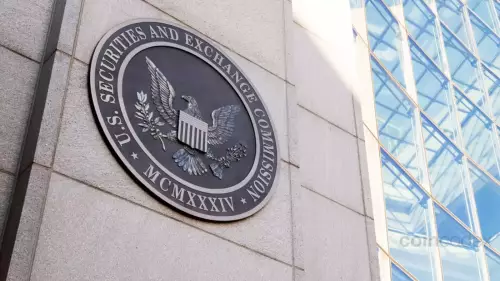Explore how Layer-3 networks like Orbs are solving coordination and governance gaps in the fragmented blockchain ecosystem, paving the way for a more interconnected Web3.

Layer-3 Networks: The Missing Link in Blockchain Infrastructure?
Blockchain's come a long way, but it ain't perfect. Layer-2s helped scale things up, but now we've got a coordination and governance mess. Enter Layer-3 networks – could they be the missing link?
The Layer-2 Landscape: Scaling Up, But Fragmenting Too
Layer-2 networks like Arbitrum, zkSync, and Cosmos have been crucial in addressing blockchain's scalability issues. Arbitrum uses optimistic rollups, zkSync employs zero-knowledge rollups, and Cosmos offers a unique perspective with its Inter-Blockchain Communication protocol. Each has its own strengths, but they've also created a fragmented Web3 ecosystem.
The Coordination and Governance Gaps
With each Layer-2 operating as a separate ecosystem, interoperability has become a major headache. Bridging solutions are complex, introduce security risks, and can be costly for users. Governance is another challenge, with many DAOs suffering from token-weighted voting systems that centralize power in the hands of whales.
Layer-3 to the Rescue: Orbs as a Case Study
Layer-3 networks are emerging as a solution, offering more intelligent coordination and robust governance models. Orbs, for example, acts as a decentralized service layer above Layer-2s, enhancing performance, functionality, and interoperability. It provides a generalized computing layer that can interact with any Layer-1 or Layer-2 network, simplifying coordination and enabling dApps to access advanced functions and data from multiple blockchains.
Orbs' Governance Model: A Step Forward
Instead of token-weighted voting, Orbs relies on its network of validators, called Guardians, who vote on behalf of the community. ORBS token holders can delegate their tokens to Guardians, lending them their votes and creating a more balanced governance system.
Beyond Coordination and Governance: Dispute Resolution, Privacy, and Off-Chain Data
Orbs also offers benefits around dispute resolution, decentralized identities (DIDs), and off-chain data integration. Its decentralized dispute resolution mechanisms increase trust, while its DIDs can be used across multiple networks. Orbs also provides a secure way to bring off-chain data on-chain, enabling advanced dApps like prediction markets and insurance protocols.
The Missing Piece of the Puzzle
Layer-3 networks represent the next evolution of blockchain, providing a shared layer for decentralized services and data that unifies the fragmented ecosystem. By solving issues like coordination, governance, dispute resolution, privacy, and off-chain data integration, they provide the scaffolding the Web3 industry needs for more interconnected and secure experiences.
Final Thoughts: Bridging the Gap
So, are Layer-3 networks the missing link? Seems like they're stepping up to the plate, solving some of the trickiest problems in the blockchain space. It's not just about tech; it's about making Web3 more user-friendly and secure. Keep an eye on this space – it's gonna be a wild ride!














































































